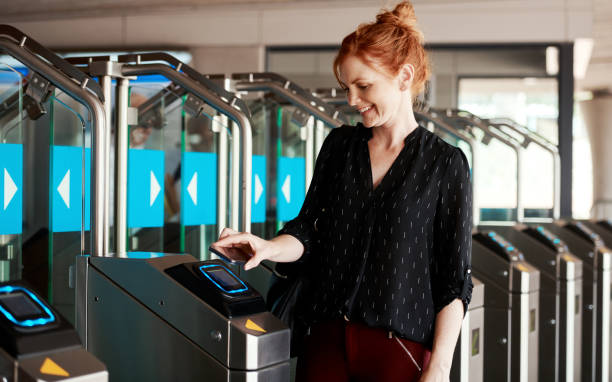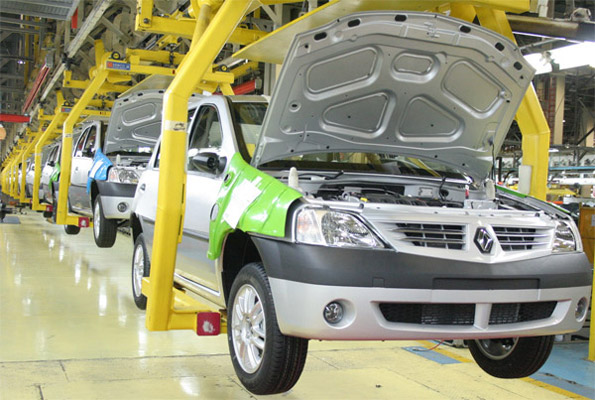Last Updated on: 22nd November 2023, 05:43 am
Ensuring security and safety at public venues has become a paramount concern in today’s world. Traditional methods of entry screening have proven to have limitations, necessitating the integration of state-of-the-art technology. In this article, we will explore the exciting innovations that are revolutionizing venue entry screening and enhancing public safety.
Evolving Threat Landscape
In recent years, the threat landscape has undergone significant changes, necessitating the implementation of more robust security measures. High-profile incidents, including terrorist attacks and mass shootings, have emphasized the urgent need for proactive screening solutions to enhance public safety and mitigate potential risks. In response to these evolving challenges, researchers, engineers, and security professionals are actively developing and deploying innovative screening technologies.
These cutting-edge solutions aim to bolster the effectiveness and efficiency of entry screening processes, ensuring a thorough and accurate evaluation of individuals and their belongings.
Biometric Identification Systems
Biometric technology has emerged as a game-changer in venue entry screening. It enables precise identification of individuals based on unique physical or behavioral characteristics. Some cutting-edge biometric identification systems include:
- Facial Recognition Technology: This technology analyzes facial features to identify individuals accurately. It offers the advantage of non-contact identification and high accuracy rates.
- Iris Scanning Technology: By capturing the patterns in the iris, this technology provides a highly secure method of identification. It is contactless and can quickly process large volumes of people.
- Fingerprint Scanning Technology: Fingerprint scanning remains one of the most widely used biometric identification methods. Advancements have made the process faster, more accurate, and less prone to errors.
Artificial Intelligence and Machine Learning
Venue security greatly benefits from the integration of Artificial Intelligence (AI) and Machine Learning (ML), as these advanced technologies contribute significantly to improving the screening process at entry points. By leveraging AI and ML, venues can automate the analysis and detection of potential threats, ensuring a more efficient and effective security system. Key factors to take into account when considering the implementation of AI and ML in venue security include:
- AI-powered systems can analyze vast amounts of data, including video feeds, to identify suspicious behavior patterns.
- Machine learning algorithms are used for predictive analysis, enabling security personnel to proactively respond to potential threats.
- Concerns regarding privacy and ethical implications associated with AI and ML need to be addressed through responsible implementation and data handling practices.
Advanced Screening Equipment
Advancements in screening equipment have greatly improved the accuracy and efficiency of entry screening processes. Some notable innovations include biometric scanning technology for enhanced identity verification and advanced imaging systems for detecting concealed objects with greater precision:
- X-ray and millimeter-wave scanning technologies: These technologies provide detailed imaging for detecting concealed objects. They allow security personnel to identify potential threats quickly.
- Explosive and chemical detection systems: Advanced sensors and algorithms enable the detection of explosives and hazardous materials, enhancing security measures.
- Metal detection systems: Modern metal detectors offer higher sensitivity and reduced false positives, ensuring a more streamlined screening process.
Integration and Automation
Seamless integration of various screening technologies is crucial for effective venue entry screening. Automation plays a vital role in reducing human error and enhancing efficiency. Key points include:
- Integrated systems enable real-time monitoring and response, ensuring a coordinated security approach.
- Automated screening processes, such as self-service kiosks and electronic ticketing systems, enhance the user experience and reduce waiting times.
- Centralized control systems provide a comprehensive view of security operations, enabling swift decision-making.
Enhanced User Experience
Creating a positive user experience is essential in venue entry screening. Innovative solutions are transforming the screening process, making it more seamless and convenient. Key points include:
- Touchless and frictionless entry solutions, such as facial recognition and mobile-based authentication, eliminate the need for physical contact and reduce entry time.
- Mobile applications and digital ticketing systems enable users to pre-register their information, streamlining the entry process.
- Enhanced user experience not only improves efficiency but also boosts public trust and satisfaction.
Regulatory and Legal Considerations
As with any technology involving personal data and privacy, regulatory and legal considerations are vital. Striking the right balance between security and privacy is crucial. Key points include:
- Governments and regulatory bodies should establish guidelines and standards for the implementation of screening solutions to ensure responsible use and data protection.
- Addressing privacy concerns through transparency, consent-based data collection, and secure data storage is essential for maintaining public trust.
Challenges and Future Directions
While state-of-the-art screening solutions offer significant advancements, challenges remain. Identifying and addressing these challenges will pave the way for further innovation. Key points include:
- Challenges in implementation, such as cost, infrastructure requirements, and user acceptance, need to be overcome.
- Future directions include the exploration of emerging technologies, such as biometric wearables and AI-powered video analytics, to further enhance venue entry screening.
Conclusion
State-of-the-art technology has revolutionized venue entry screening solutions, enabling enhanced security and safety. Biometric identification systems, AI and ML, advanced screening equipment, integration, automation, and user-focused innovations have transformed the screening process. While challenges persist, continuous research, collaboration, and responsible implementation will shape the future of venue entry screening, making public spaces safer for everyone.





